Nadi Prana Breathwork
Pranayama - Dharana - Dhyana
Raise your Life Force
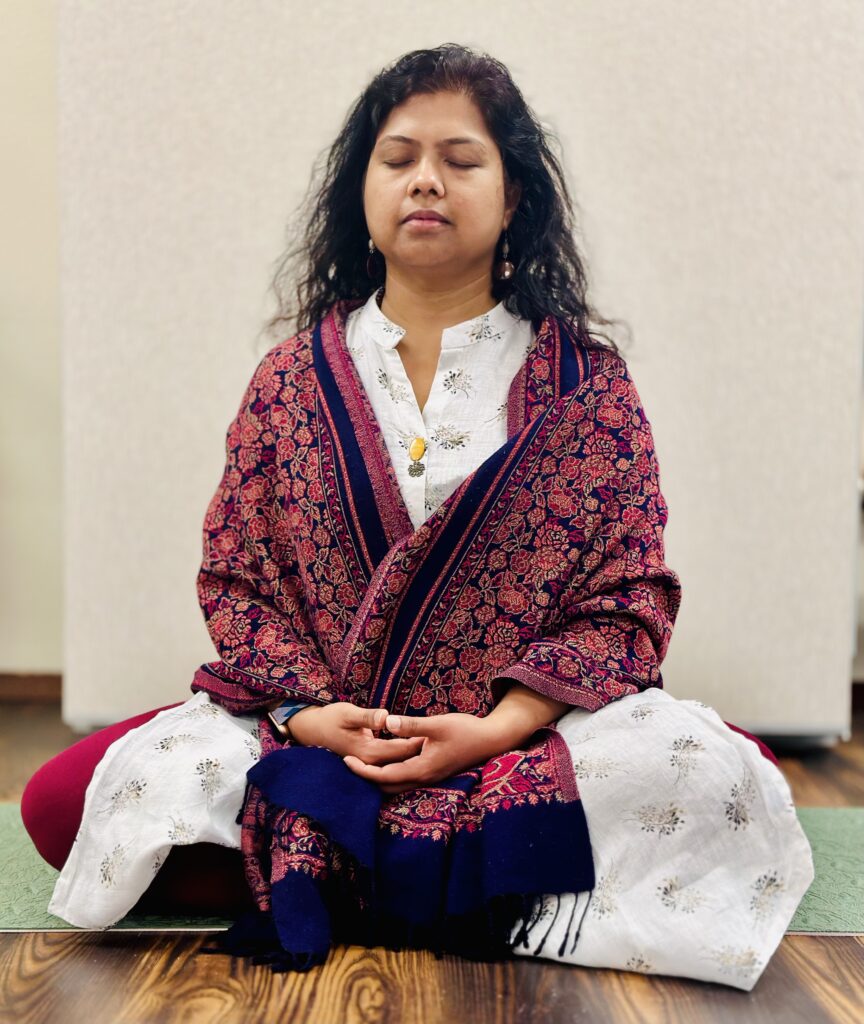
Build a Daily Practice That Promotes Vitality and Well-Being
Serenity
Breathing
Pranayama - The Breath of Life
True self-realisation begins with breath mastery, cleansing your energy channels, and unlocking higher consciousness. If you’re expecting instant meditation, think again—Nadi-Prana guides you through breathwork to gain control over your emotions, thoughts, and senses, leading to a deep state of calm.
Starting a new habit can be tough, but Nadi-Prana makes it achievable—and life-changing if practiced consistently. Align your body, mind, and energy, enhance self-discipline, and connect with a global community on the path to fearless inner peace.
“Self-discipline forms the bedrock of unshakable self-confidence and self-esteem, the art of stillness unveils the doorway to harnessing life’s subtle currents, revealing the profound beauty of our existence – an intimate fusion with the very essence of ‘it’.
Conscious mastery leads to only true freedom.
The goal of pranayama is to transcend the idea of body, mind and energy.
Join us every day (6 sessions per week) live online – 45 minutes of transcending breathwork & meditation in 4 different time zones – ACDT, PST, GMT & IST 06 AM.
Build a transformative daily ritual.
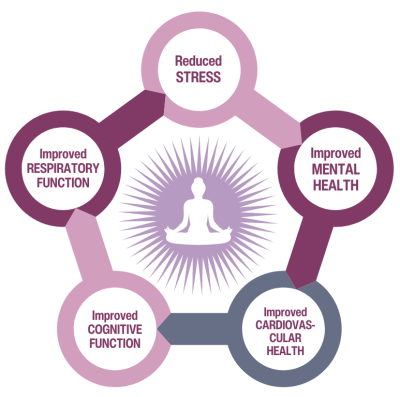
“Every one of us has the potential to experience eternal bliss and inner peace. It begins with mastering the breath”
– Manna Abraham
Why Pranayama Breathwork?
Pranayama is a term used in yoga to describe various breathing techniques or breath control exercises. The word “pranayama” is derived from two Sanskrit words: “prana,” meaning life force or vital energy, and “yama,” meaning control or restraint. Together, pranayama refers to the control and regulation of breath to enhance the flow of prana in the body.
“Master your breath to shift your reality from duality to non duality”
– Manna Abraham
Pranayama has been around for thousands of years, deeply rooted in the historical and cultural context of ancient India. It continues to be an integral part of yoga practices worldwide, and its teachings have been passed down through generations.
Research has begun to support this traditional wisdom. A 2018 study published in Frontiers in Human Neuroscience found that practising mindful, slow breathing (10 breaths per minute or fewer) was associated with “increased comfort, relaxation, pleasantness, vigour and alertness, and reduced symptoms of arousal, anxiety, depression, anger, and confusion.”
An engaged breath practice can help lower your heart rate and blood pressure, as well as relieve minor fatigue, according to medical research. When you practice pranayama, you may notice a change in your energy levels, the temperature of your body, or even your emotional state as you practice.
Blocked Emotions Stuck in the Body
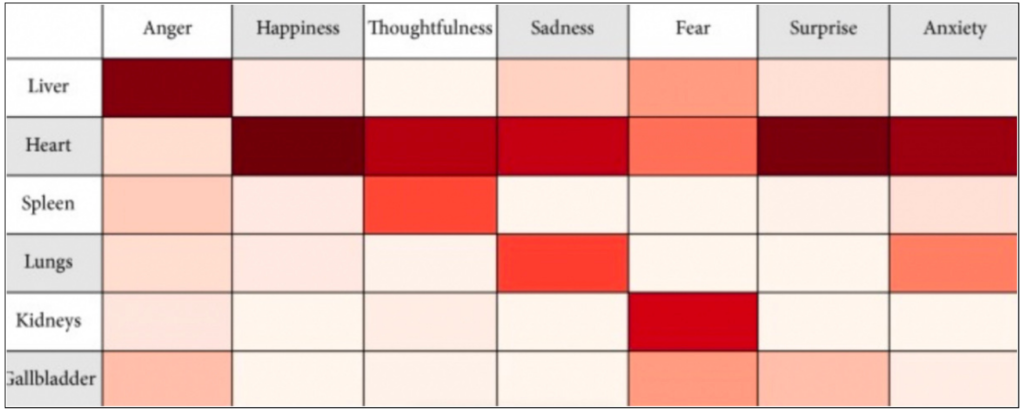
- Chest/Heart Area: Emotions such as love, compassion, and joy are often associated with the heart and chest area. Conversely, feelings of grief or heartache may be perceived as affecting this region.
- Abdomen: The abdomen, particularly the area around the solar plexus, is often linked to emotions such as fear, anxiety, and confidence.
- Throat: The throat is associated with communication and self-expression. Difficulties in expressing oneself or feelings of suppressed emotions may be felt in the throat area.
- Hips/Pelvis: Emotions related to stability, sensuality, and creativity with the hips and pelvis.
Spinal Breathing
The Key to Higher Dimensions
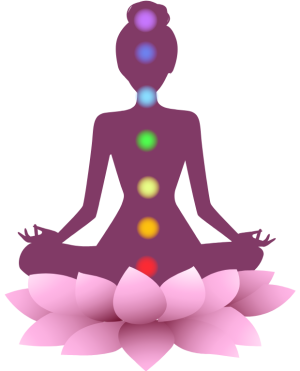
A common practice in pranayama is spinal breathing, often referred to as “spinal breath” or “sushumna breath,” is a concept within the context of yoga and pranayama. It involves directing the flow of breath and energy along the spinal column, which is considered a central channel in many yogic traditions.
In spinal breathing, practitioners focus their attention on the spine, visualising or feeling the breath moving along the spinal column. The spine is considered a significant energy channel.
Beyond the physical aspects, spinal breathing facilitates the movement of prana (vital life force energy) along the spine.Organ Healing Practices
- Lung Health: Deep breathing exercises, such as diaphragmatic breathing and ujjayi pranayama, are often recommended for improving lung function and respiratory health.
- Heart Health: Practices that focus on slow, rhythmic breathing, like anulom vilom (alternate nostril breathing), have a calming effect on the cardiovascular system and can contribute to heart health by promoting relaxation and reducing stress.

- Digestive System: Kapalabhati pranayama, a technique involving forceful exhalations and passive inhalations to stimulate and strengthen the abdominal muscles, benefiting digestive health.
- Brain and Nervous System: Bhramari pranayama (bee breath) and nadi shodhana (alternate nostril breathing) to calm the nervous system and promote mental clarity and balance.
Daily Nadi Prana Breathwork - The Eternal Solution
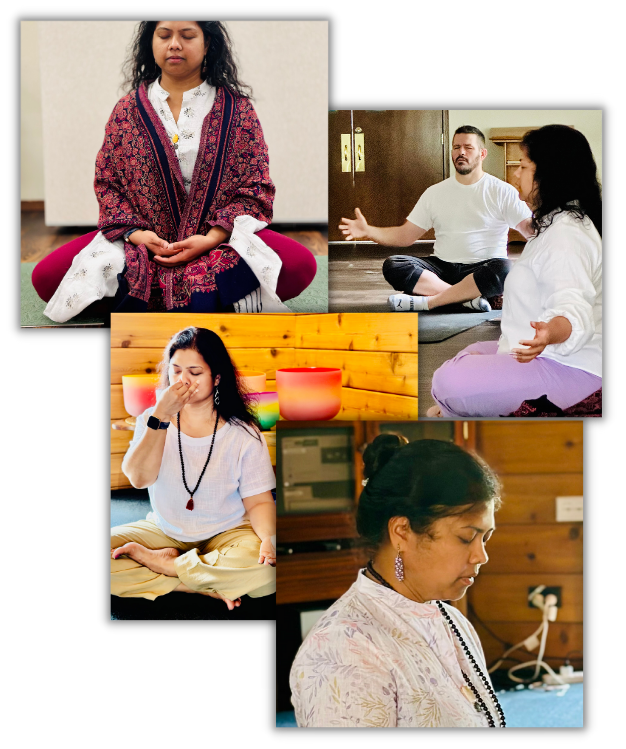
The mind needs a direction and an object to focus on.
It goes beyond just the physical. It touches the depths of our being, physically, emotionally, and spiritually. Find a sense of peace and balance that you didn’t know was missing
It‘s not just about the breath; it’s about cultivating a deeper connection with ourselves.
Pranayama isn’t just for yogis; it’s for anyone seeking a more profound connection with themselves and the world around them.
If you’re curious, I’d be more than happy to explore some simple pranayama techniques with you. It could be a beautiful journey to embark on together.
– Manna
In-Person
Spiritual
Retreats
Personal
Spiritual
Mentoring
Keep Up-To Date With All Our Events and Workshops
Subscribe to the newsletter

